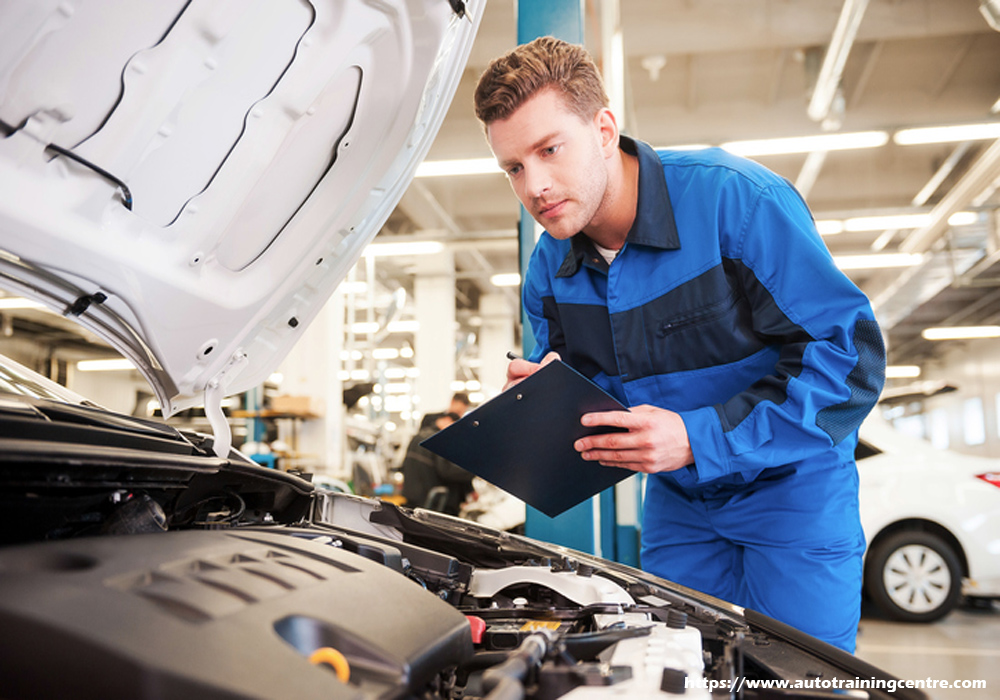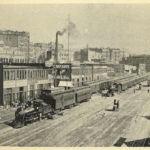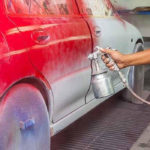
To follow fuel and emissions standards, the fuel system currently used in modern cars has changed completely over the years. Even the last car sold in the United States has a Subaru Justy carburetor. Since then, all new cars have been working with fuel injection. Although fuel injection systems have existed since 2019, they are not often used until extensive use in European vehicles begins. At present, all cars sold in the US have a fuel injection system in their parts inventory.
Fuel Injection Systems
The internal combustion engine for most of its existence had been supplied with fuel by the carburetor and on smaller engines it still is. But with car engines becoming more and more complex to meet emissions requirements that had become stricter and stricter, the catalytic converter was introduced. But this auto part needed very close control of the air-to-fuel ratio to work effectively. O2 sensors or oxygen sensors were put in to observe the oxygen amount in the exhaust and another auto part called the “engine control unit” would then take this information making any real-time adjustments to the air-to-fuel ratio. But this system did not maintain control of the carburetor properly as the O2 sensors often needed replacing nor did electrically controlled carburetors so another means had to be developed to manage this problem. That’s when the fuel injection system began to be used in cars.
Initially, the single point injection system replaced the carburetor. But slowly when a new and more powerful engine was developed, one point was replaced by a “multi-port” injection.
In these systems, each cylinder has an individual fuel injector that sprays fuel right on the intake point and these systems offer much more precise fuel metering and fuel reaction.
How Do These Systems and Parts Work?
When the gas pedal in the car is pushed this causes the “throttle valve” that it is connected to, to open allowing air in. The ECU notices that the throttle valve is open and increases the rate of fuel to be mixed with the air. This air and fuel in respective amounts need to reach the cylinders at the same time so that there is no hesitation or stalling when the engine begins to work.
O2 sensors observe the air amount going into the engine, and also the oxygen amount leaving the car with the exhaust. With this information, the ECU constantly fine-tunes the fuel delivery so that the air-to-fuel ratio is continually correct.
Fuel Injectors
Fuel injectors are just valves that are controlled electronically and are supplied with pressurized fuel by car fuel pumps. When each injector is energized, the booster opens the valve so that the pressurized fuel is sprayed out in a fine mist through a small nozzle into the cylinder.
The amount of fuel supplied to the engine is managed by how long the fuel injector is opened and this is controlled by the ECU. To keep the right amount of fuel for each operating condition, the ECU must monitor fuel with 8 different sensors, all of which are named differently and placed in different engine areas.
This is just a very basic effort to explain how the fuel injector system works and how the automotive industry reaches this point. As you can see with all these auto parts there are many areas where these systems can fail and new parts need to be ordered. And this is where the internet comes in – as there are many stores online that sell auto parts at good prices.




